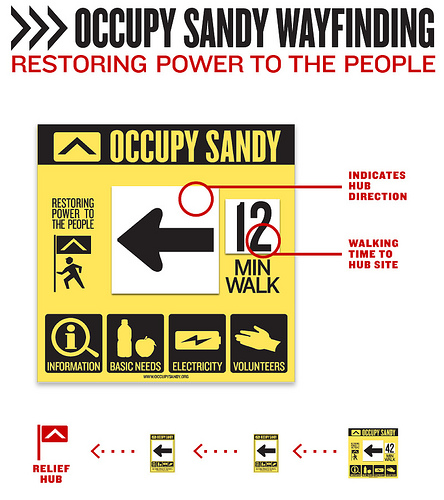
Like Hurricane Katrina and other natural disasters affecting urban areas, Superstorm Sandy reminded many that U.S. cities are unprepared for the effects of climate change. According to sociologist Eric Klinenberg in a recent issue of The New Yorker, the U.S. lags far behind other countries in “climate-proofing,” or investing in infrastructural developments that will protect cities and their inhabitants from increasingly-severe natural disasters and rising water levels.
Beyond investing in physical infrastructure, preparing for and surviving climate change, Klinenberg writes, will involve “recognizing the importance of social infrastructure: the people, places, and institutions that foster cohesion and support.” Harvard sociologist Robert J. Sampson has emphasized the importance of strong social ties during natural disasters. In their research on the 1995 Chicago heat wave that killed over 700 people, Klinenberg and Sampson found that neighborhoods with a strong sense of community and many churches and civic organizations—neighborhoods where people look out for one another—fare better when disaster strikes.
Although infrastructure investment and development play a major role in mitigating the effects of climate change, it may well prove that “civil society will ultimately determine which people and places will withstand the emerging threats from climate change.”

Comments 1
Friday Roundup: January 25, 2012 » The Editors' Desk — January 25, 2013
[...] The Urbanite’s Guide to Surviving Climate Change on Citings and Sightings [...]